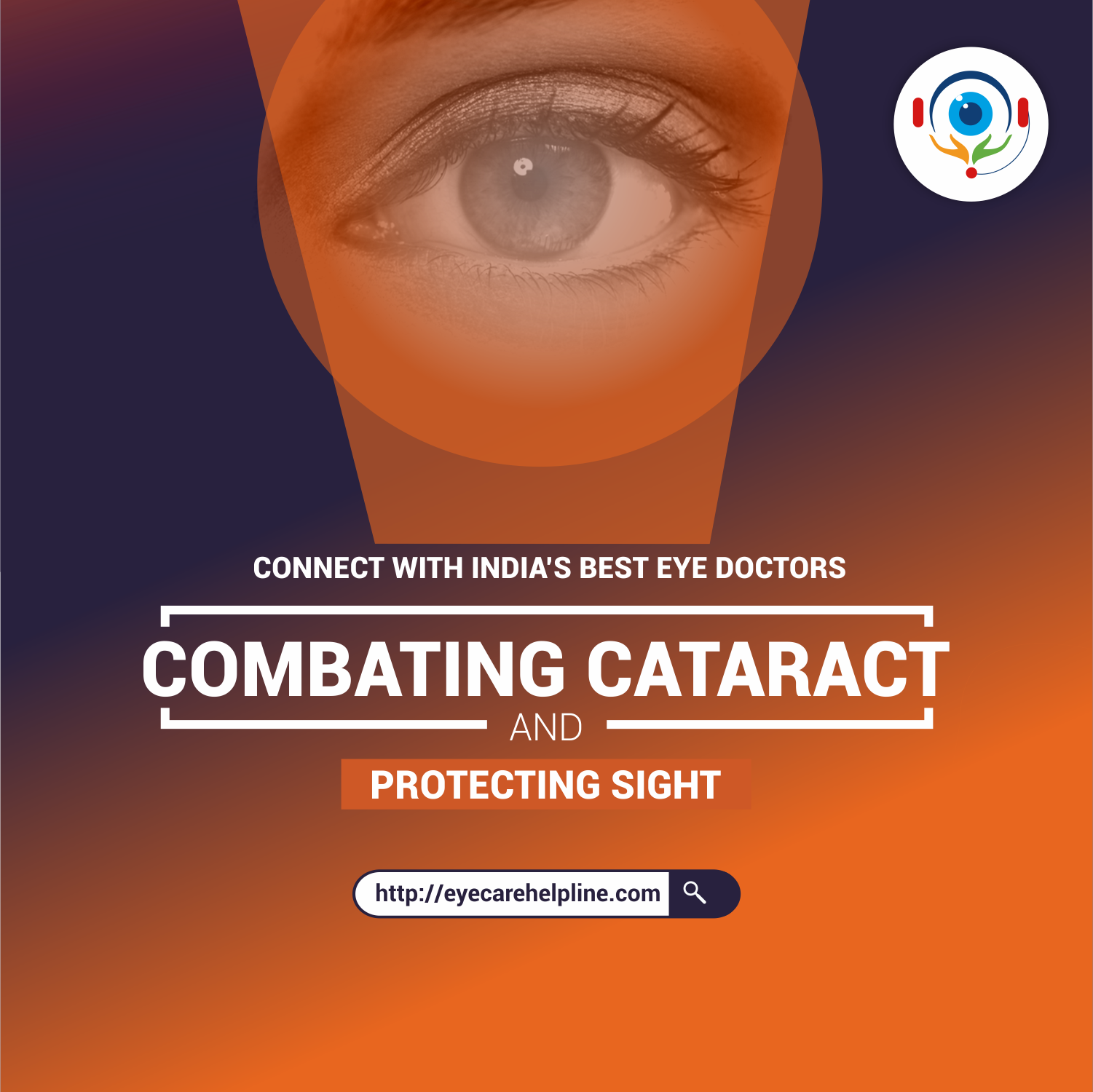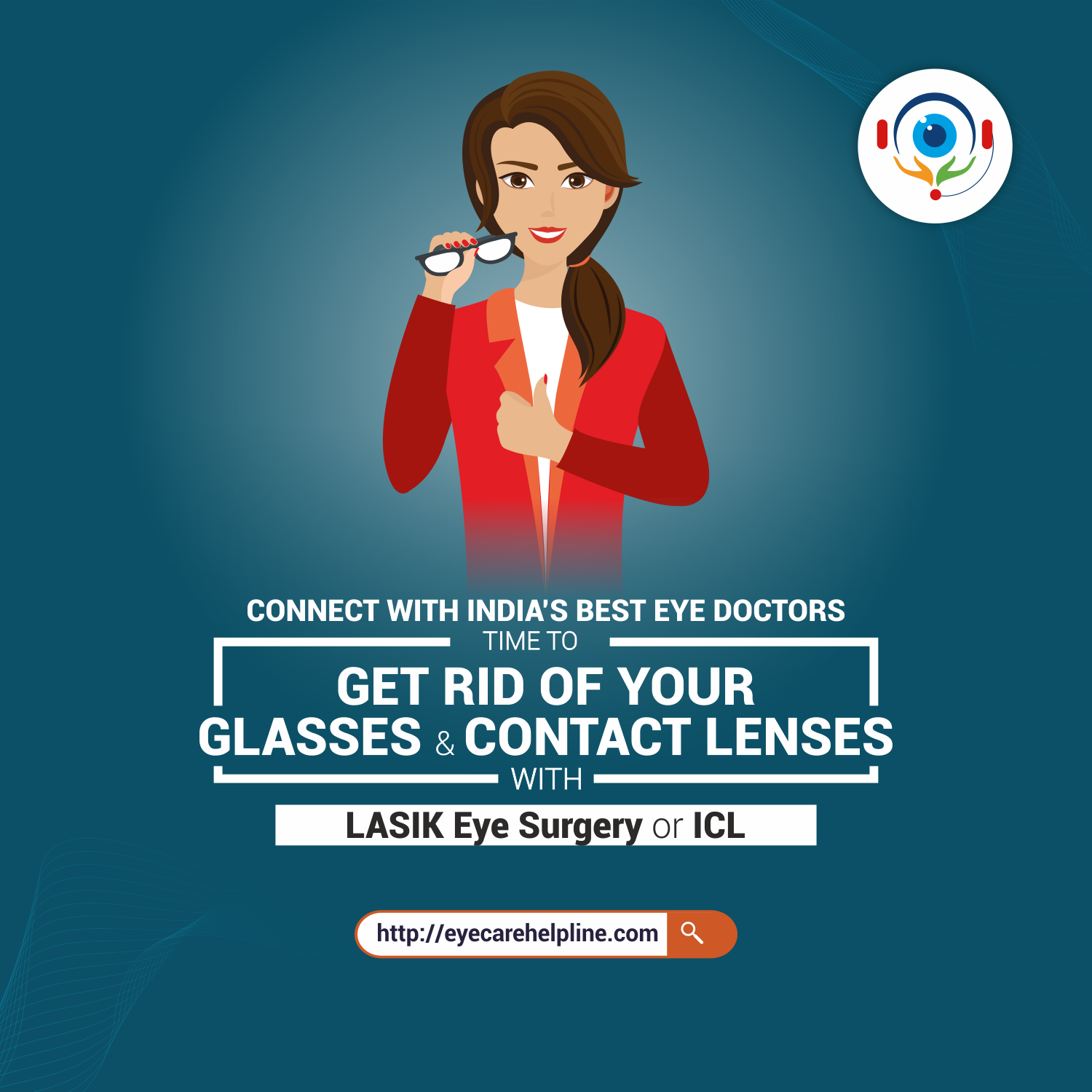- By: Dr. Harshavardhan Ghorpade
Glaucoma is basically a disease which involves damage to the optic nerve of the eye causing permanent blindness due to rise in pressure within the eye. The rise in pressure is gradual and the damage is slow. As a result there are hardly any symptoms like pain or redness and the patients mainly present when half of their vision is lost and therefore glaucoma is called as the sneak thief of the eye!
On the occasion of world glaucoma week I would like to remind and make people aware of this dangerous but quiet disease.
The main idea is to get your eyes checked each year after the age of forty to detect glaucoma. It involves optic nerve examination, measurement of eye pressure and in suspicious cases tests like perimetry and OCT.
Who are the ones at risk? Well those with family history of glaucoma, people with minus power, those above forty, history of eye injury like tennis ball hit in the past, people on steroids for other diseases and also as an association of diabetes and hypertension. Sometimes certain eye diseases like inflammations are also associated with rise in pressure.
At times in development related issues glaucoma can present in small children called congenital or juvenile glaucoma and in adults it may present as acute rise in pressure called acute angle closure glaucoma. But in most cases it is undetected unless looked for by an eye doctors and therefore periodic examination is a must, especially with the above risk factors.
What are the treatment options? Well to control the eye pressure is the only way we can halt its progress, however the damage which has already occurred cannot be reversed. For controlling pressure we have eyedrops which can be given as single or as combinations. If it remains uncontrolled then a laser procedure can be done. As a last resort surgical control with filtration surgery or tube shunt procedures are the final options.
However the message that must go loud and clear is catch the thief before it steals (your vision) ! So regular eye checkups and early control of eye pressure is the key to fight this blinding disorder.


